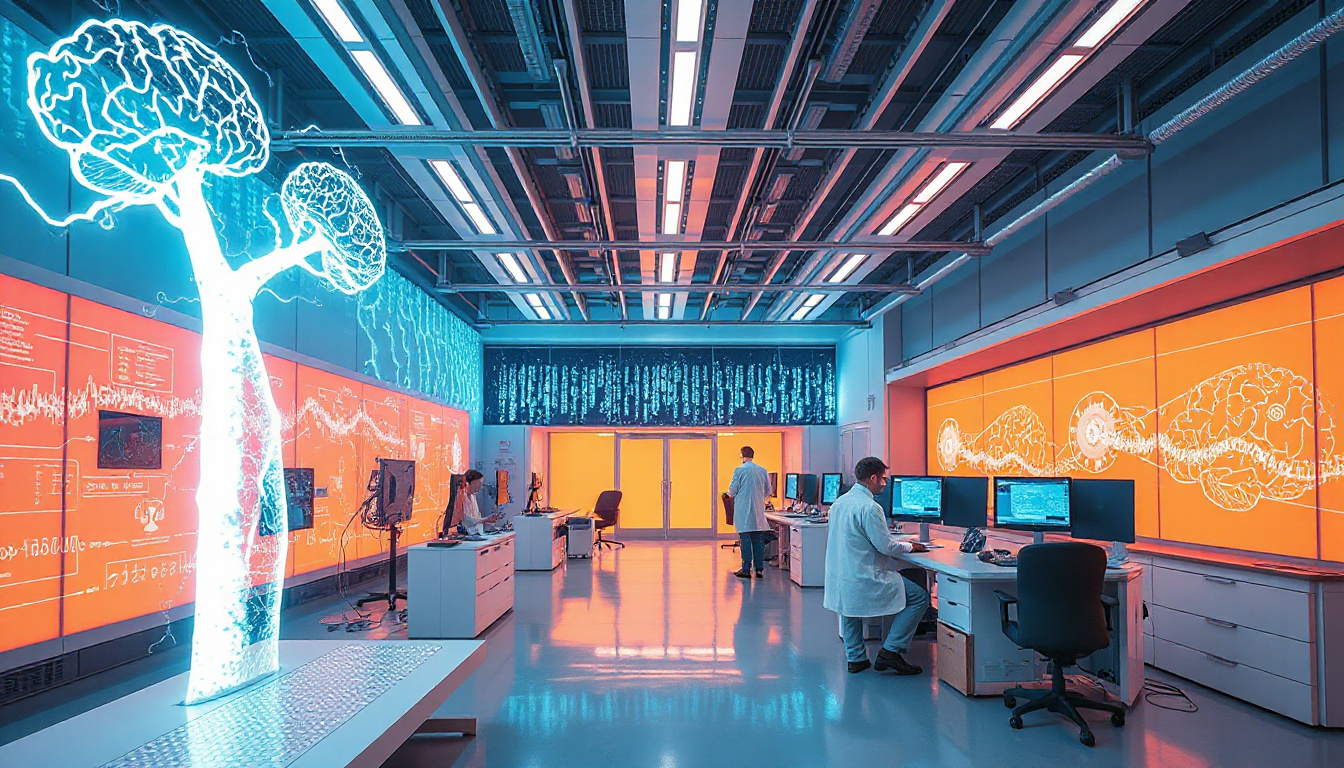Physical Address
304 North Cardinal St.
Dorchester Center, MA 02124
Physical Address
304 North Cardinal St.
Dorchester Center, MA 02124

The Brain Power Behind Sustainable AI: MIT PhD Student Explores Energy-Efficient Neuromorphic Computing
October 24, 2025
By Jason Sparapani, MIT Department of Materials Science and Engineering
AI grows fast and uses much power. This rise in power use makes us think about our future. MIT student Miranda Schwacke works on a way to cut power needs. She looks at computers that work like the brain. These machines work by linking data storage and data use in one step. This link cuts the need to move data back and forth, and it cuts power use in tasks like machine learning.
Schwacke said, "I saw that the human brain uses small power to learn. I wanted to use that idea to make better, low-power computing that works like a brain."
Her work builds small parts like neurons and synapses. She makes tiny devices called ionic synapses. These devices change their flow of electricity like brain cells change their links. The change happens with ions that flow into a material. Schwacke studies how this change works, and she hopes to help machines learn with less power.
In her project, Professor Bilge Yildiz leads a team that explores ion flow in materials. Schwacke focuses on how magnesium ions mix with tungsten oxide. This mixture can change how easily electrons pass through a device. Professor Yildiz said, "In the brain, cells store, send, and change signals in one spot. Our work makes devices that do the same job with simple parts."
Schwacke grew up in a home of science. Her mother works with sea life, and her father fixes machines. As a child, she watched science at work. Her early love of dinosaurs gave way to a love for robots and machines in school. Her time at Caltech let her work with tiny materials and the power of electrons. These skills help her now to cut the energy that modern AI systems need.
At MIT, her work fits well with a lab that studies how ions move for energy tasks. The team cuts through hard language to explain science in plain words. Schwacke works to show how small parts work with ions and electrons to lower energy waste.
"I want to see how these parts change their flow to work like a brain," she said. "This work can help build AI that learns and works on lower power."
Outside the lab, Schwacke joins a group called Kitchen Matters. The group makes fun videos where science shows up in everyday tasks. They use food and kitchen tools to show how science works. This work gives more people a view of science in day-to-day life.
AI can change our world. With careful work from researchers like Miranda Schwacke, the goal is to build machine ideas that use less power. This path may lead to AI that is smart and kind to our planet.
For media inquiries, please contact Jason Sparapani at jsparapa@mit.edu or call (617) 253-1581. —
Photo Credits: Gretchen Ertl
Schwacke is shown making small devices in Professor Yildiz’s lab with new parts for low-power AI.